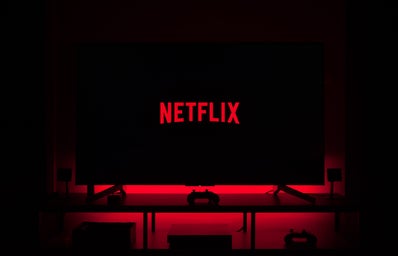One fateful night (less than a week ago), I opened Netflix to unwind after an overdrawn library season. When the homepage loaded, a preview for a classic teen drama, complete with the hyper-saturation and micro-trendy attire of recent Netflix series releases, flashed across my screen. If you couldn’t tell by my tone, I typically scroll past show promotions like this immediately. However, I was feeling a bit bored by my usual rewatch rotation, and decided to give the show – cheesily titled Heartbreak High – a go.
After finishing the series in less than a week (for research purposes, of course), I am here to report I was pleasantly mistaken and am now absolutely obsessed.
Heartbreak High, in my opinion, is best described as the Australian lovechild of Sex Education and Euphoria. As the show dropped on Netflix in late 2022, I know I’m late to the game with this one. That said, my belated dive into this series compels me to champion its merits and encourage you all to watch it. From its dynamic array of characters to its gripping storyline, Heartbreak High delivers a potent mix of nostalgia and contemporary relevance. As I delved deeper into its episodes, I found myself drawn into the tumultuous lives of its teenage protagonists, each grappling with their own blend of heartache, friendship, and self-discovery.
The series immediately throws you into the plot when a hidden sex map is found in the basement of the school, exposing the private sex lives of students. Chaos ensues as main character Amerie, a fiery, daydreaming student, gets caught in the crossfires of the sex map drama and has to confront her approaches to love, sex, and social politics.
Why I’m Obsessed
The original version of the show came out in 1994, but Netflix recently rebooted the series. With eight 1-hour episodes per season, the series is short enough to guiltlessly binge but long enough to keep you clicking for the next episode. The show itself is incredibly engaging: each season revolves around a central plotline, while individual episodes weave smaller storylines that are neatly resolved within the same episode in which they’re introduced. On top of this, the profound and dynamic backgrounds of each character always leave something new to be explored in each episode. And while I’m not a huge fan of the cast’s wardrobe (although Amerie’s pool party outfit in S1, E2 did remind me how much I love a boat neck dress…forgot about those), the vibrant color schemes of each character highlight their individuality and contribute to a cohesive and lively presentation of visuals throughout the show.
With the complexity of each character, the representation we see in Heartbreak High is natural but refreshing. Not only are a variety of characters hailing from different ethnic backgrounds, including Australian Aboriginal characters, but we also see representations of nonbinary, neurodivergent, and queer individuals beyond the L and G of LGBTQIA+. The show also has characters with a variety of different home lives, some living between divorced parents or in abusive households. On top of this, this diversity is not left for the extras: all the main characters represent one or more of these groups. Historically, this degree of representation in teen dramas is something I feel like we haven’t seen enough of. Through the multi-dimensionality of these characters, it’s nice to see a popular show normalizing lifestyles that haven’t been depicted as the standard.
Through this diverse set of characters, the show is able to address a spectrum of relevant issues and topics. For example, the series delves into the complexities of disruptive home life, drug use and abuse, sexual assault, and racism, as well as – somewhat – lighter but equally relevant subjects such as dating with autism, asexuality, and the gaps in sex education. While this content drives engagement with the plot, it also cultivates a distinctive form of education regarding the intricacies of these subjects. Not only does it encourage a normalization that modern society needs, but it guides us through navigating specific challenges and broadens our perspectives to include those we may not encounter in our everyday lives or within more homogenized communities.
Overall, I cannot recommend the series enough. To be honest, I’m currently grappling with post-series withdrawals and praying Netflix will grace us with more episodes soon. So, if you’re in the market for a new binge-watch, you should give Heartbreak High a go – you may love it as much as I did.


